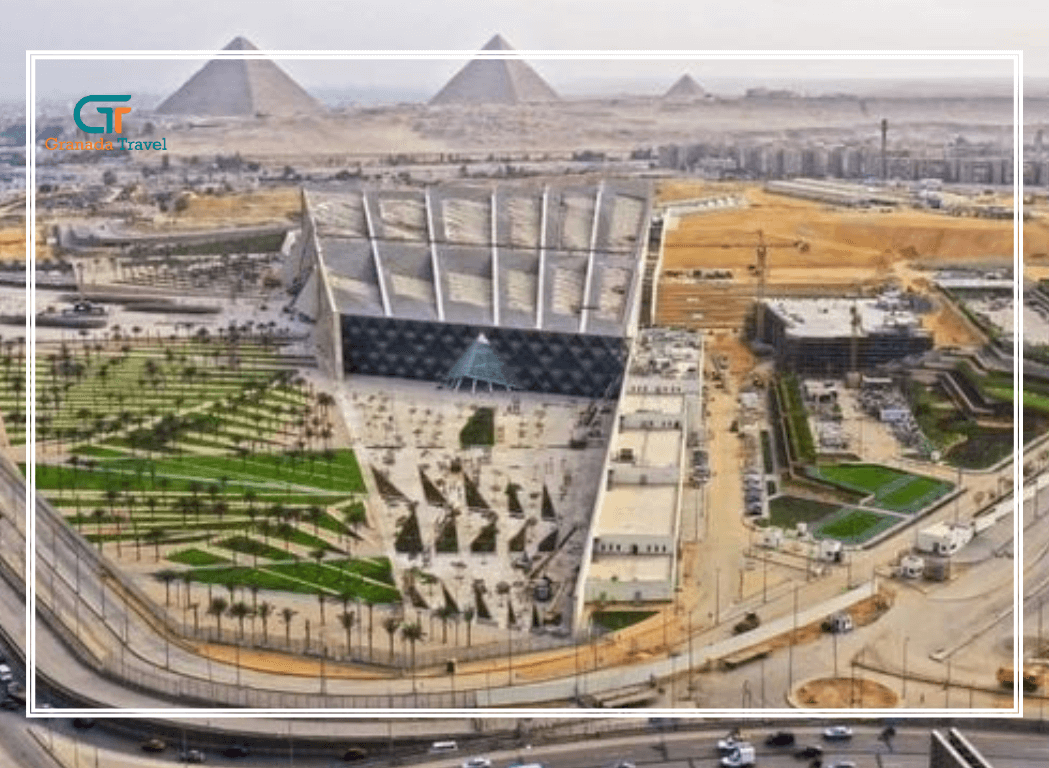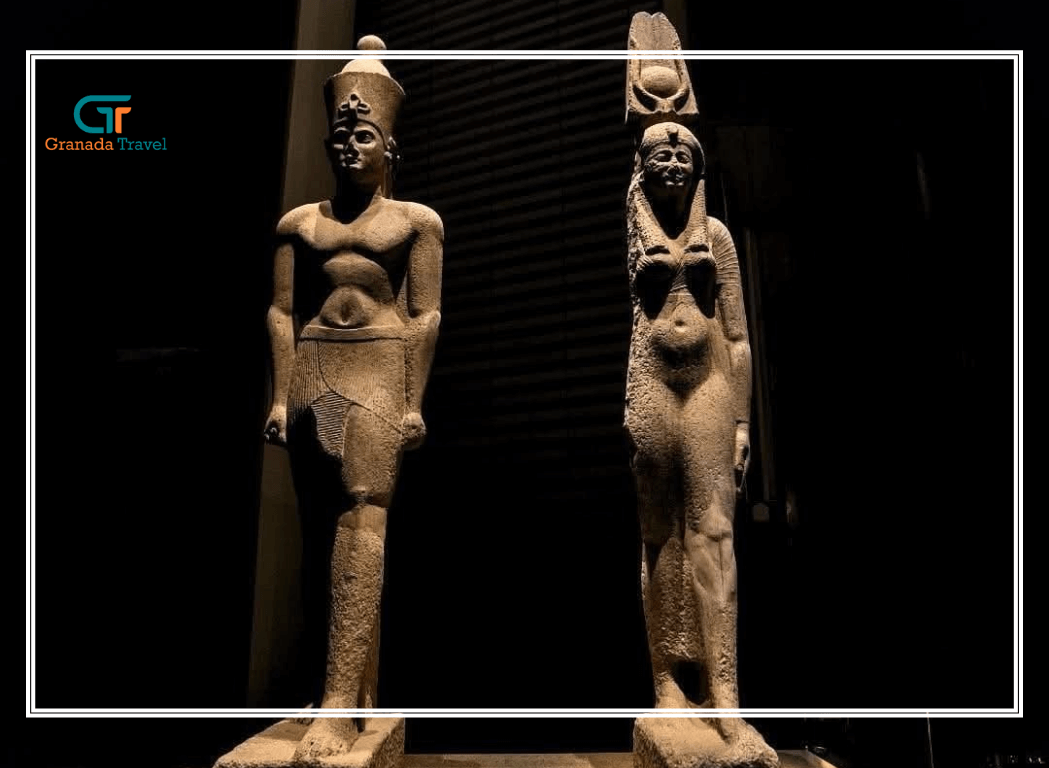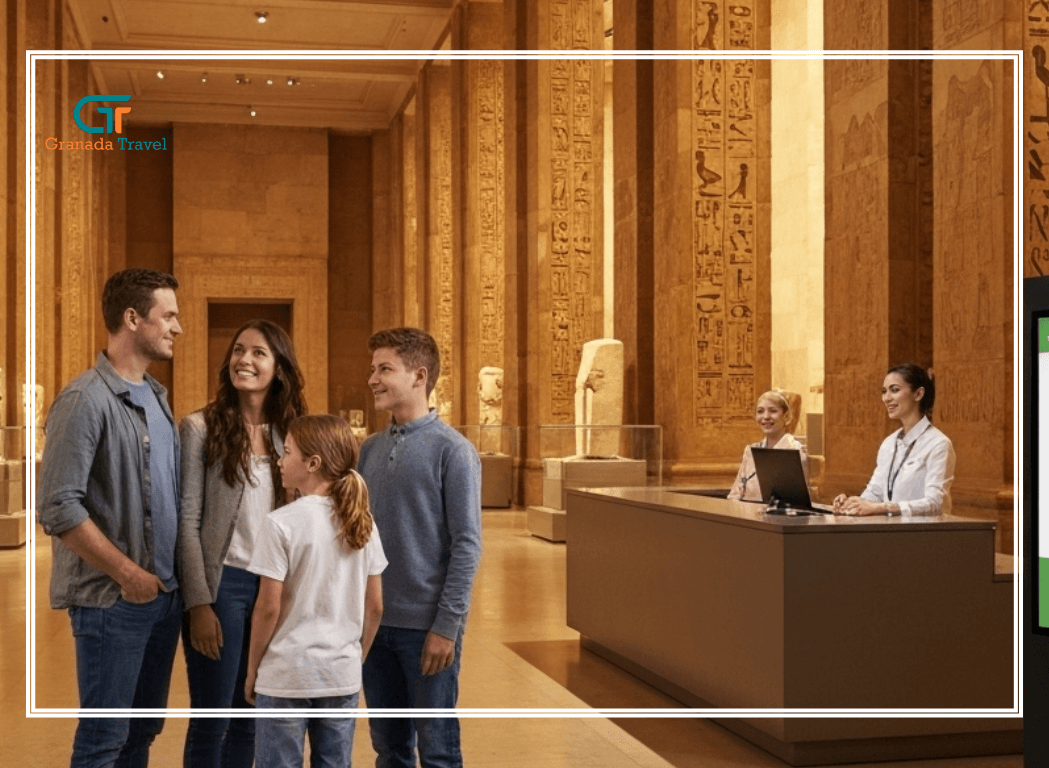
Exploring the Mystique of Abydos Temple: A Journey Through Ancient Egypt
The Abydos Temple, one of Egypt’s most revered ancient sites, stands as a testament to the grandeur and spiritual depth of ancient Egyptian civilization. Located in the heart of Upper Egypt, the Abydos Temple Egypt is a place where history, mythology, and architectural brilliance converge. Known for its intricate carvings, sacred rituals, and connection to the god Osiris, the Temple Abydos continues to captivate historians, archaeologists, and travelers alike.
In this exploration, we’ll uncover the Abydos Temple facts, delve into its historical significance, pinpoint its Abydos Temple location on the Abydos Temple map, and highlight the rituals and stories that make the Abydos Temple of Osiris and the Abydos Temple of Seti I iconic landmarks in Egypt’s rich tapestry.
The Historical Significance of Abydos Temple
The Abydos Temple, located in the ancient city of Abydos, is one of Egypt’s oldest and most sacred sites, dating back to the Predynastic period (circa 4000 BCE). Abydos was a major religious center, primarily associated with the worship of Osiris, the god of the afterlife, death, and resurrection. The Abydos Temple of Osiris was a focal point for ancient Egyptians seeking to connect with the divine and ensure their journey to the afterlife.
The Abydos Temple of Seti I, constructed during the 19th Dynasty of the New Kingdom (circa 1290–1279 BCE), is the most prominent structure at the site. Seti I, a pharaoh renowned for his military conquests and devotion to the gods, commissioned this temple to honor Osiris and other deities. The Seti I Temple at Abydos is celebrated for its exquisite reliefs, which depict scenes of royal offerings, divine interactions, and the famous Abydos King List, a chronological record of Egypt’s rulers. This list, carved into the temple’s walls, is a crucial historical document, offering insights into the lineage of pharaohs and their reverence for tradition.
The Abydos Temple also served as a pilgrimage site, where ancient Egyptians performed rituals to honor Osiris. The temple ritual at Abydos included elaborate ceremonies, processions, and offerings, particularly during the annual Osiris Festival, which reenacted the god’s death and resurrection. These rituals underscored Abydos’s role as a spiritual hub, drawing devotees from across Egypt.
Abydos Temple Location and Map
To fully appreciate the Abydos Temple location, it’s essential to understand its geographical and cultural context. The Abydos Temple map places it in the modern town of Al-Balyana, approximately 11 kilometers west of the Nile River in Sohag Governorate, Upper Egypt. Situated about 160 kilometers north of Luxor Egypt, Abydos is easily accessible for those exploring Egypt’s ancient wonders. Its proximity to other significant sites, such as the Dendera Temple Complex and the Temple of Hathor, makes it a must-visit destination for history enthusiasts.
The Abydos Temple is part of a larger archaeological site that includes cemeteries, royal tombs, and other temples. The surrounding landscape, with its desert backdrop and proximity to the Nile, adds to the site’s mystique. Visitors to the Abydos Temple Egypt can explore its well-preserved structures and imagine the vibrant rituals that once animated this sacred space.
Architectural Marvels of the Abydos Temple
The Abydos Temple of Seti I is a masterpiece of ancient Egyptian architecture. Constructed from limestone, the temple features a classic L-shaped layout with a series of courtyards, halls, and sanctuaries dedicated to various deities, including Osiris, Isis, Horus, Amun-Ra, and Ptah. The temple’s hypostyle hall, with its towering columns adorned with hieroglyphs, is a highlight for visitors. The intricate carvings depict Seti I making offerings to the gods, showcasing the pharaoh’s piety and the artistry of the era.
One of the most intriguing features of the Temple Abydos is the so-called “Abydos Helicopter Hieroglyphs.” These carvings, found in the temple’s ceiling beams, have sparked debate due to their resemblance to modern machinery, such as helicopters and submarines. While some speculate about ancient advanced technology, Egyptologists attribute these carvings to palimpsests, overlapping inscriptions caused by plaster erosion, illustrating the temple’s layered history.
The Abydos Temple of Osiris, located within the larger complex, includes a sanctuary dedicated to the god, where priests performed daily rituals to honor him. The Osiris Chapel, with its vivid reliefs depicting the god’s myth, is a focal point for understanding the temple ritual at Abydos. These rituals were not only religious but also cultural, reinforcing the connection between the living, the dead, and the divine.
The Abydos King List: A Chronicle of Power
The Seti I Temple at Abydos is home to the Abydos King List, a remarkable record of 76 pharaohs from the First Dynasty to Seti I’s reign. Carved into a corridor wall, this list omits certain rulers, such as Hatshepsut and Akhenaten, reflecting the political and religious biases of the time. The King List is a valuable resource for historians, providing a glimpse into how the ancient Egyptians viewed their past and legitimized their rulers’ authority.
The inclusion of Seti I and his son, Ramesses II, in the reliefs underscores the temple’s role as a monument to royal legacy. Ramesses II later completed parts of the temple after Seti I’s death, ensuring its enduring significance. The Abydos Temple facts surrounding the King List highlight its importance as both a historical document and a piece of propaganda, cementing the pharaohs’ divine right to rule.
Temple Rituals at Abydos
The temple ritual at Abydos was central to the site’s spiritual purpose. Priests performed daily offerings of food, incense, and prayers to sustain the gods and ensure cosmic order (ma’at). The Osiris Festival, held annually, was the most significant event, featuring a dramatic reenactment of Osiris’s death and resurrection. Pilgrims traveled to Abydos to participate, leaving votive offerings and stelae to commemorate their devotion.
The Abydos Temple of Osiris also housed a sacred relic believed to be Osiris’s head, making it a focal point for worship. The temple’s rituals were meticulously choreographed, with priests acting as intermediaries between the gods and humanity. These ceremonies reinforced Abydos’s status as a gateway to the afterlife, where the living could connect with their ancestors and the divine.
Exploring Abydos Today
Visiting the Abydos Temple Egypt today offers a window into ancient Egypt’s spiritual and artistic achievements. The site is less crowded than other major attractions like the Karnak Temple or Luxor, allowing for a more intimate experience. Travelers can wander through the temple’s halls, marvel at the vibrant reliefs, and reflect on the enduring legacy of Seti I and Osiris.
The Abydos Temple location is accessible by road from Luxor or Aswan, with guided tours available to provide context. Combining a visit to Abydos with nearby sites like the Dendera Temple Complex or the Temple of Hathor creates a comprehensive journey through Upper Egypt’s sacred landscape.
Abydos Temple Facts and Mysteries
Here are some fascinating Abydos Temple facts to enrich your understanding:
- Ancient Origins: Abydos was a religious center for over 4,000 years, predating the pyramids of Giza.
- Helicopter Hieroglyphs: The controversial carvings have fueled speculation about ancient technology, though scholars attribute them to natural erosion.
- Osiris’s Tomb: The Osireion, a subterranean structure behind the temple, is believed to represent Osiris’s tomb, adding to the site’s mystique.
- Artistic Excellence: The temple’s reliefs are among the finest in Egypt, showcasing the skill of New Kingdom artisans.
The Abydos Temple also holds mysteries, such as the purpose of the Osireion and the true meaning of its enigmatic carvings. These questions continue to inspire research and debate, keeping Abydos at the forefront of Egyptological studies.
The Enduring Legacy of Abydos Temple
The Abydos Temple is more than a historical site; it’s a portal to ancient Egypt’s spiritual heart. From the Abydos Temple of Seti I to the sacred Abydos Temple of Osiris, this complex embodies the reverence for tradition, artistry, and the afterlife that defined ancient Egyptian culture. Whether you’re drawn to its architectural splendor, the temple ritual at Abydos, or the mysteries encoded in its walls, the Temple Abydos offers a profound connection to humanity’s past.
Plan your visit to the Abydos Temple Egypt, explore its Abydos Temple location on the Abydos Temple map, and immerse yourself in the stories of pharaohs, gods, and pilgrims.
As you stand in the shadow of Seti I’s masterpiece, you’ll feel the weight of history and the enduring power of Egypt’s ancient legacy. For a broader exploration, consider visiting nearby sites like Luxor Egypt, the Karnak Temple, or the Dendera Temple Complex to complete your journey through Egypt’s sacred past.





